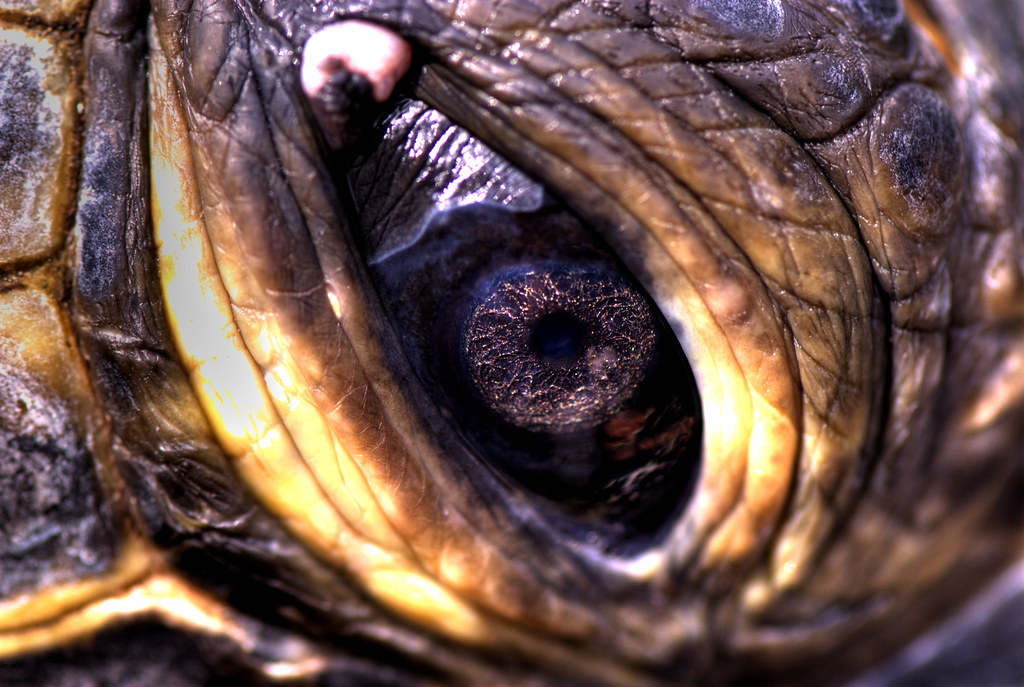

A large mass of tumors can interfere with normal swimming and feeding. The number of tumors per turtle can be as many as 70. The size of the tumor varies from less than the size of a pea to larger than a grapefruit. The color of tumors can be white, pink, red, gray, purple or black. They are occasionally found at the seams between scales on the shell and plastron, which is the ventral or lower area of the shell.
#Seaturtle eye skin#
The tumors arise mostly on a turtle's soft skin tissue, around the neck, at the base of flippers, and near the eye. The appearance of FP tumors varies from smooth to cauliflower-like with small spiky projections. The incidence of FP in stranded green turtles during this study period also varied by month it was higher in winter than in summer months.

Green turtles between 40- and 70-cm (curved shell length) had a higher incidence of FP tumors than did smaller (less than 30 cm) or larger (more than 80 cm) turtles. Since 1998, some green turtles with FP have been found in northeast and northwest Florida (north of 29°N latitude). The survival rate of green turtles after surgery is over 90 percent.īetween 19, all green turtle strandings with signs of FP were found in southern Florida (south of 29°N latitude) where over 20 percent of all green turtles exhibited FP. There are only five facilities in Florida where these papilloma-type tumors are surgically removed from sea turtles. Although the cause of FP is still not fully understood, a leading suspect is a virus. This mysterious disease has now been observed in all major oceans. The history of FP in Florida dates back to at least 1938, when FP was reported in green turtles that were captured in the Florida Keys. FP prevalence in Kemp's ridleys and loggerheads between 19 were 0.2 percent (sample size=1,698) and 0.1 percent (sample size=15,237) FP prevalence is low among strandings of Kemp's ridleys ( Lepidochelys kempii), and loggerheads ( Caretta caretta) in comparison to the rate of FP in green turtles. stranded) green turtles (sample size=6027) found in Florida between 1980-2005 had FP tumors. For an unknown reason, the frequency of FP is much higher in green turtles ( Chelonia mydas) than in other species.īased on information from the Florida Sea Turtle Stranding and Salvage Network (STSSN) database, 22.2 percent of dead or debilitated (i.e.

These lesions have been reported in all sea turtle species except in leatherbacks ( Dermochelys coriacea). Turtles with FP have external tumors that may grow so large and hanging as to hamper swimming, vision, feeding, and potential escape from predators.

Report injured, orphaned or dead manatees.Report fish kills, wildlife emergencies, sightings, etc.


 0 kommentar(er)
0 kommentar(er)
